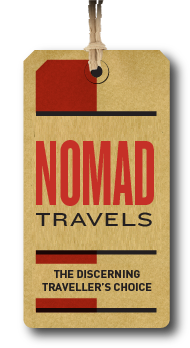Babu Khan, Kitemaster, R.I.P.
/In a country where millions of kites are churned out every year to live out their brief, ephemeral lives doing battle in the skies before being reduced to a scrap of tissue paper and two thin strips of bamboo, the kite makers themselves are almost always totally anonymous. Babu Khan was the exception. A kite made by Babu was a treasure for Babu Khan was a kitemaster – one of the finest kite makers in India.
I was introduced to Babu Bhai, as he was affectionately called by everyone, by my childhood friend Masrur Ali Sayed. Mas and I grew up together in Jaipur and often spent Makar Sankranti flying from the same rooftop, competing amongst ourselves to see who could cut down more kites. Masrur always won.
Back then we were just like all the other kite crazy kids. We bought our kites and manjha from the little kite shop down the street which was basically a cycle repair shop but, like a lot of little neighbourhood shops, would also stock kites during the kite season. In choosing our kites we were more concerned with the colours and the design/pattern than where the kites originated. Sure, we checked the flex of the bow and the spine but often the kites wouldn’t fly right – some turned limp and sluggish, some kept veering to one side. We’d take them down and try our own remedies to fix them. The limp ones were strengthened by another strip of bamboo added to the spine, the ones that wouldn’t fly straight got a wad of chewing gum or a bunch of string knotted on the bow on the side opposite to which they veered and if that didn’t work we’d just try to get them up somehow and into a tangle so that they’d be cut and become somebody else’s problem!
We graduated from High school, moved out of Jaipur and eventually reconnected in Mumbai. We still tried to meet up on Sankranti and would otherwise, too, fly together sometimes. And one day Mas showed me this red kite with a bold black Maltese Cross and asked me to try it out. It was a beautiful kite, but more than that, it was a clean kite. The sail was taut, the bow and spine were smooth and supple, the pasting was immaculate, all the edges were neat, but what intrigued me was the little sticker at the bottom – a slightly fuzzy picture of a man’s face and below it the name “Babu Khan.” I asked Mas where he’d got it from. He said he’d got it made by a kitemaker from Jaipur and told me “Go ahead. Fly it.”
The minute I launched the kite, I felt a thrill. She seemed eager to fly. No flipping, flopping, no aborted takeoffs or crashes, in seconds she ascended in a smooth arc and just stood still in the sky, her sail rippling gently. I let out line and she rose higher, I pinched the line between thumb and forefinger and she stood still again. Turning the kite was a cinch, she responded to the slightest touch and I put her through a series of dives, loops, turns delighting in the ease of control. I’d discovered a Babu Khan kite and I was a convert. Now I wanted to meet the kitemaker.
I really got to know Babu when I invited him to the 1st Desert Kite Festival that we organized at Jodhpur in 1997 at the fabulous Umaid Bhawan Palace under the patronage of Mr. Gaj Singh II, the Maharaja of Jodhpur. Our friendship grew over the years and Babu bhai became an inseparable part of each one of the Festivals and kite events we did for the next seven years thereafter – at Jodhpur, Jaipur, Agra, Lucknow Mumbai and Goa.
Gentle, soft spoken and reticent, Babu was never very big on words and preferred to let his kites do the talking. And he made some beautiful kites! Apart from the regular fighters, which are the best I’ve ever flown, Babu made some amazingly intricate appliqué kites in paper – striking geometric patterns or detailed representations of gods and goddesses (and we have plenty in India!) adorned the beautiful sails. Babu would work on these kites late at night when everyone in his home was asleep and he wouldn’t be disturbed. Each kite would take days to make and no one was allowed to see a work in progress; he’d lock it away in a steel box, away from prying eyes until it was finished.
Once he let me sit and watch while he was working on a Ganesha kite. He’d made an extremely detailed drawing of the final picture and I saw him construct one of Ganesha’s eyes. He cut out the shape of the eye in the main sail, then he cut a slightly larger shape in white paper to make the cornea, then he glued a black pupil on to the cornea and he finally pasted the composite on the reverse of the original cut, making a very realistic eye. And he would do this for every little detail! The end result was that one side looked like a fine painting while the reverse was a patchwork of paper on paper. I still have some of Babu’s picture kites and I used to fly one occasionally, but they’re too precious now that he’s gone and there’s no one like him to make me another.
Among all the trips we’ve made together, one stands out simply because there were just five or six of us on this trip to Jaisalmer – a historic town in the middle of the Thar desert which was on the old trade route to Central Asia and which is known for its golden sandstone fort, one of the oldest inhabited forts in the world – where we had gone to do a 2 day kite festival for the Rajasthan Tourism department. What made this trip special was the fact that two of the finest kite people I’ve ever known were on this trip – Tal Streeter and Babu Khan. After the Festival was over and the crowds had all gone away, Babu, Tal and I had a magical fly on the dunes, with the sun setting on one side and the moon rising from the other. It was marvelous to fly in the complete silence of the desert. That’s an evening I will remember for a long time and I’m sure Tal and Babu have also carried the memory into the sky with them.
Fly high and fly in peace my dear friends. I miss you.
Ajay Prakash
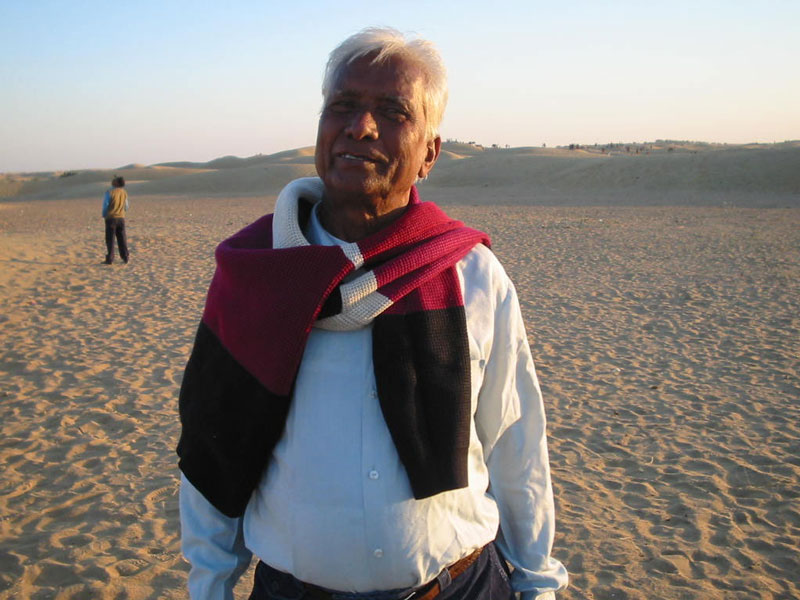
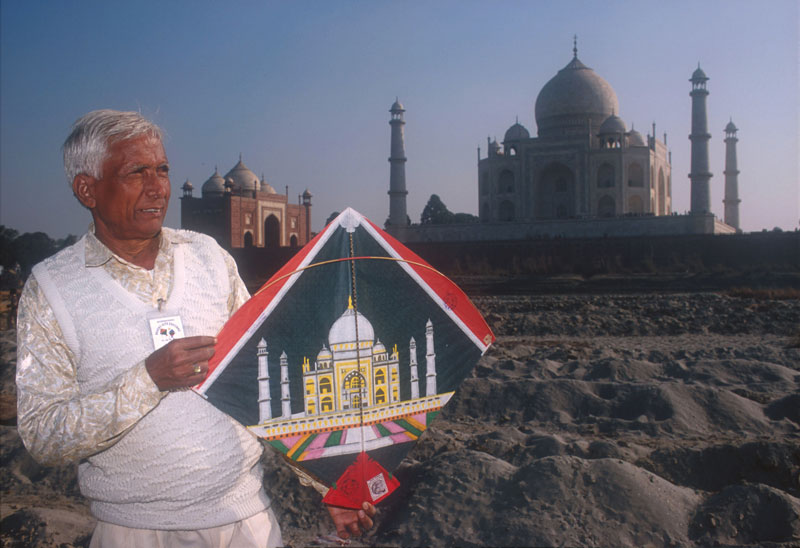

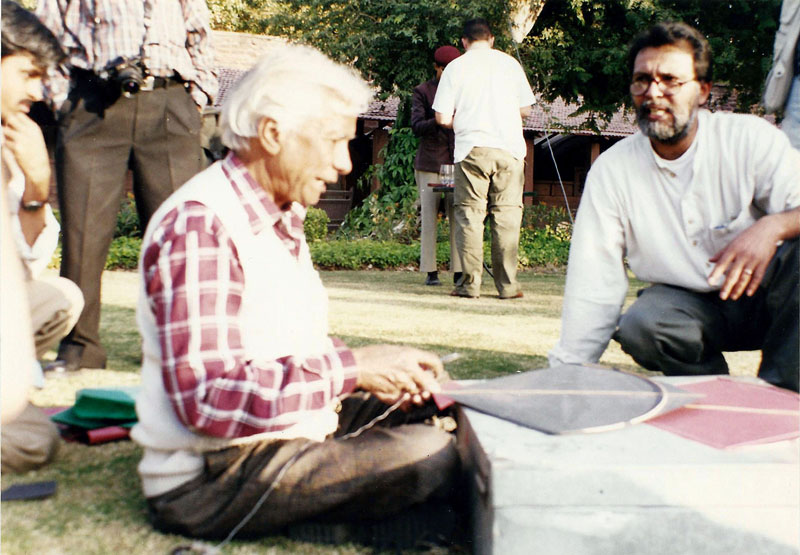
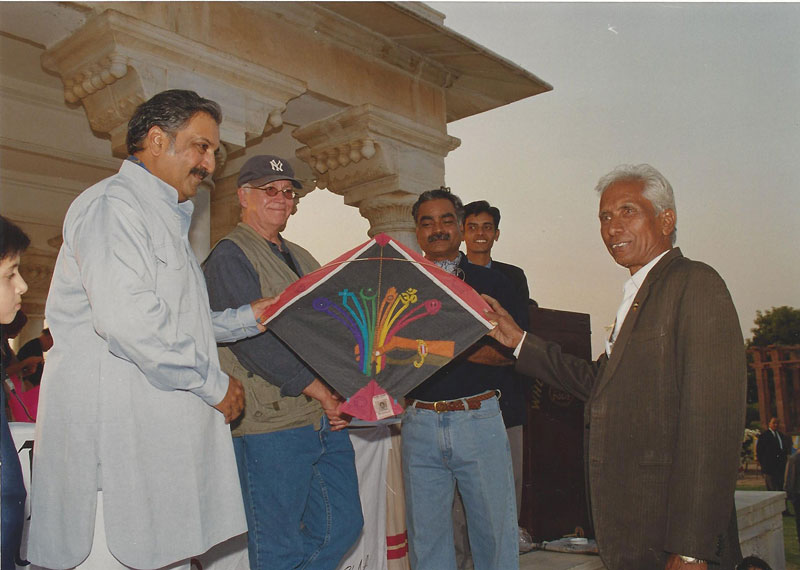
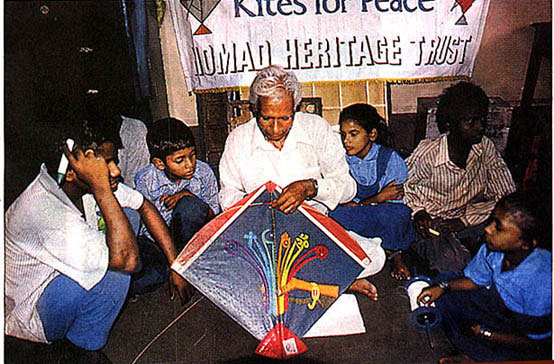
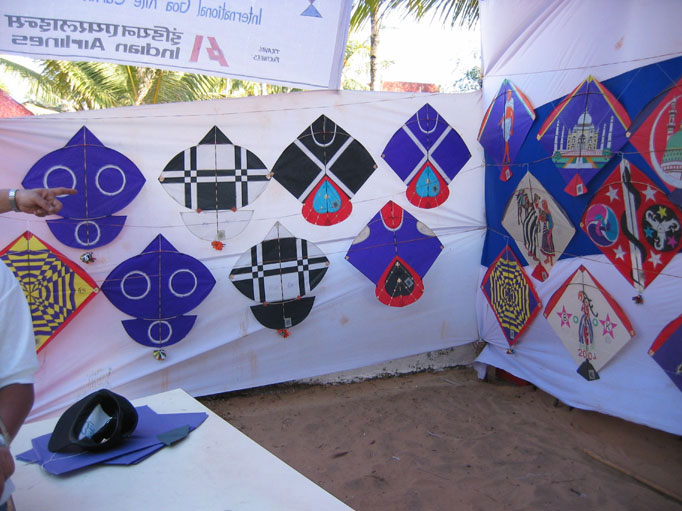
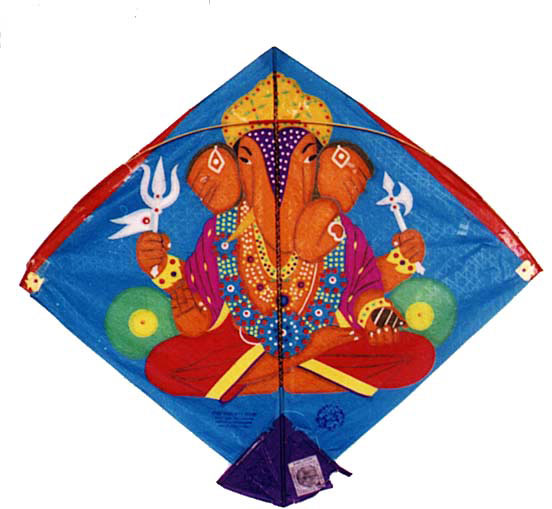

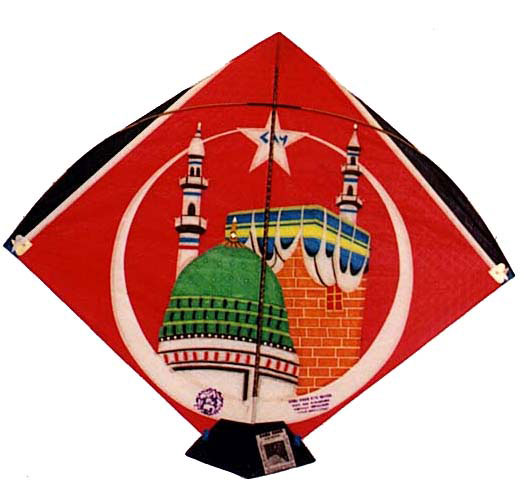

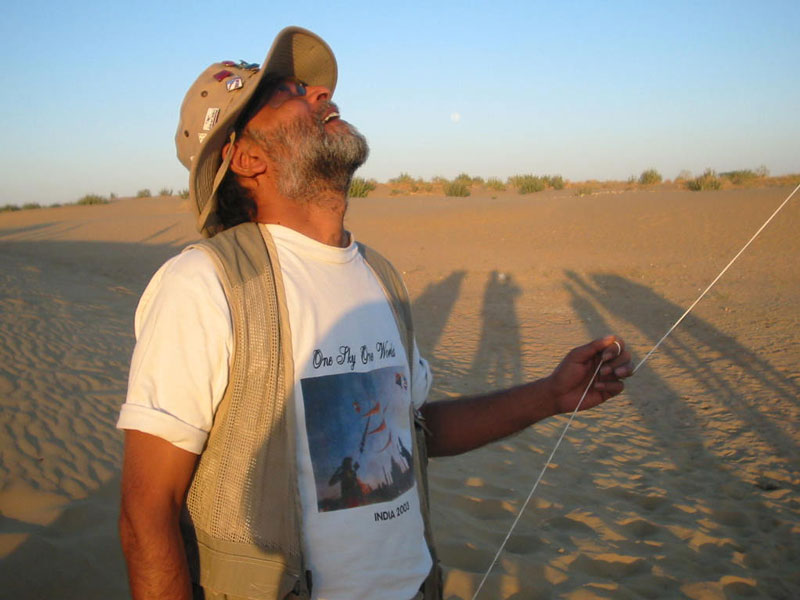
Click here to see the itinerary of the Desert Kite Festival in Jan 2015.
